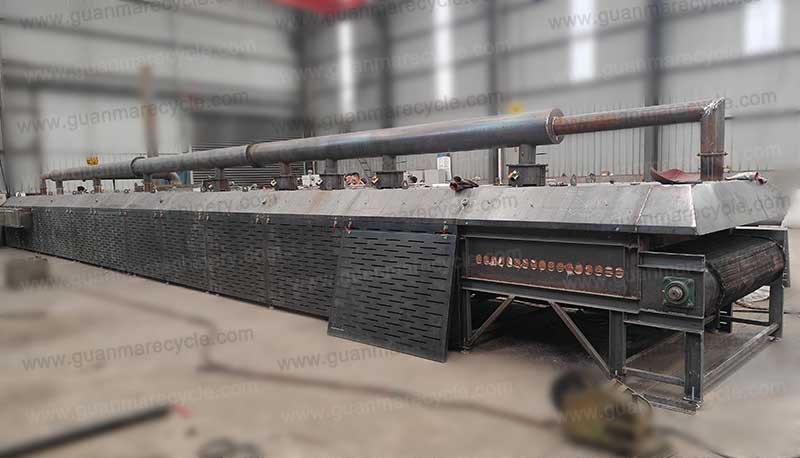Electronic waste, or e-waste, is a growing problem in today’s world. As technology continues to evolve at an unprecedented rate, electronic devices are becoming increasingly ubiquitous in our daily lives. However, these devices also become obsolete and are often discarded, creating a mounting pile of electronic waste.
The significance of recycling e-waste
Electronic waste contains valuable materials, such as copper, gold, and silver, that can be recovered and reused, but also hazardous substances, such as lead, cadmium, and mercury, that can cause environmental and health problems if not disposed of properly. Therefore, it is essential to have proper electronic waste recycling equipment to ensure that e-waste is recycled in an environmentally friendly and safe way.
Electronic Waste Recycling Equipment
E-waste recycling equipment comprises a range of machines that are used to sort, disassemble, and process e-waste. The equipment includes shredders, crushers, magnetic separators, eddy current separators, air classifiers, and optical sorters.
E-waste recycling equipment recycling steps
1. Material classification
The first step in the recycling process is to sort e-waste based on its type and composition. This is achieved through manual or mechanical sorting, where the different types of electronic devices are separated into categories such as TVs, computers, smartphones, and refrigerators.
2. Crushing and separation
The next step is to disassemble the devices and extract the valuable materials. This is done using shredders and crushers, which break down the e-waste into smaller pieces.
3. Recycling
The pieces are then processed through magnetic and eddy current separators, which extract ferrous and non-ferrous metals respectively. Air classifiers and optical sorters are also used to separate the remaining materials, such as plastics and glass, which can be further processed or recycled.
One type of electronic waste recycling equipment that has become increasingly popular is the e-waste recycling plant. E-waste recycling plants are specialized facilities that are designed to process large quantities of e-waste. These plants typically use a combination of manual and mechanical sorting and processing methods to achieve high recovery rates of valuable materials. They can also extract hazardous materials, such as lead and mercury, and ensure that they are disposed of safely.




